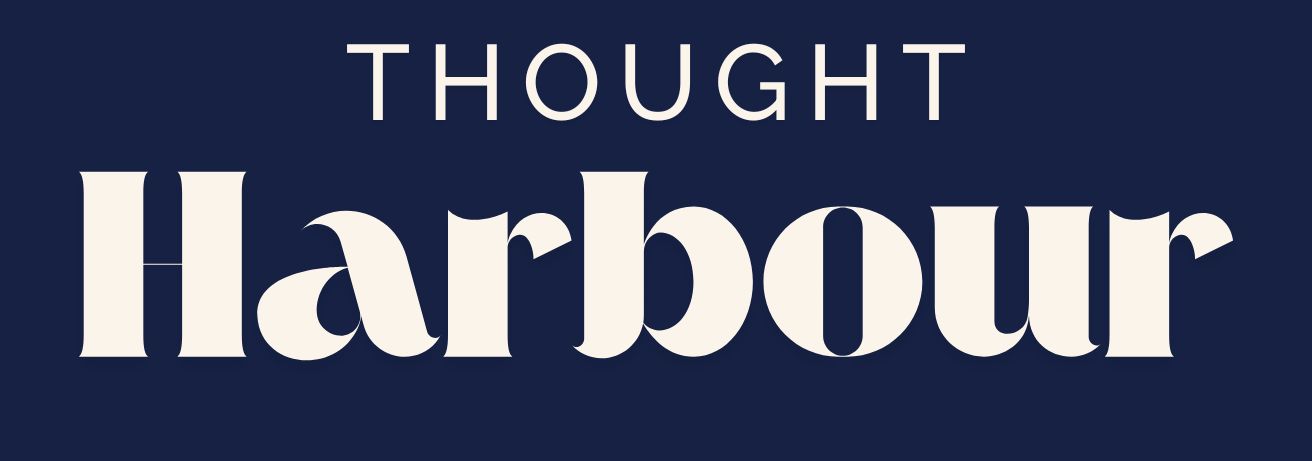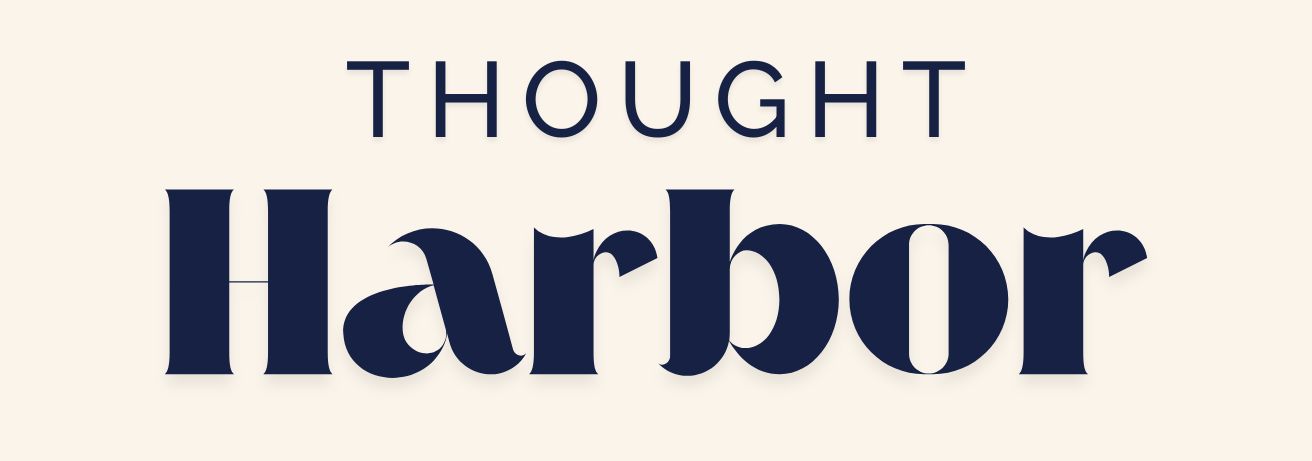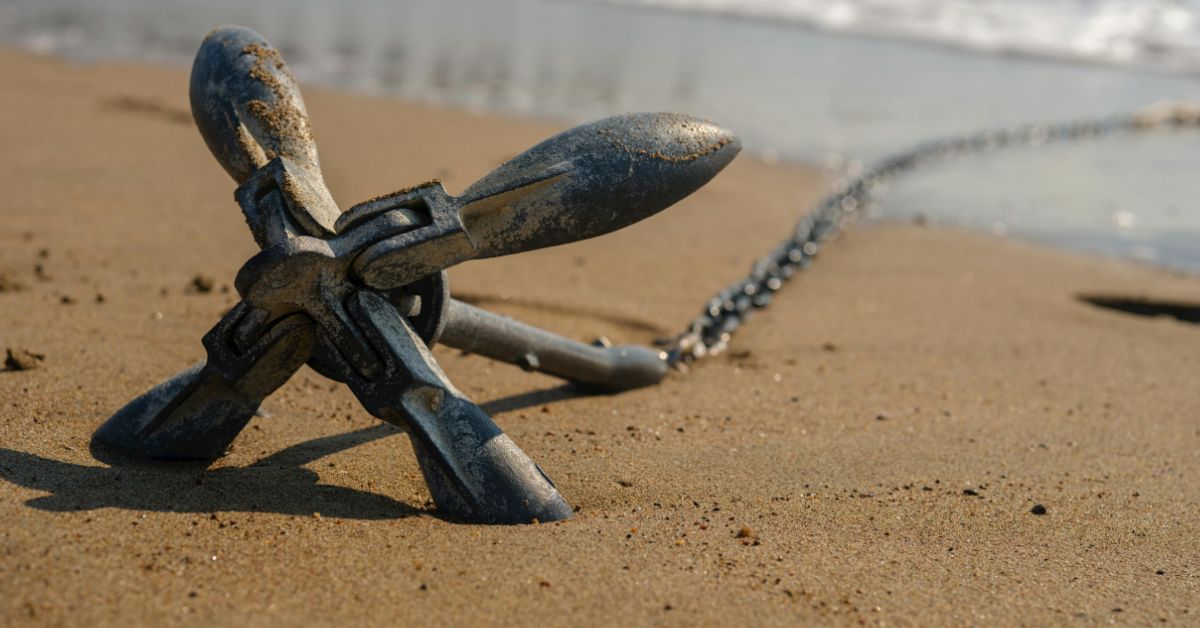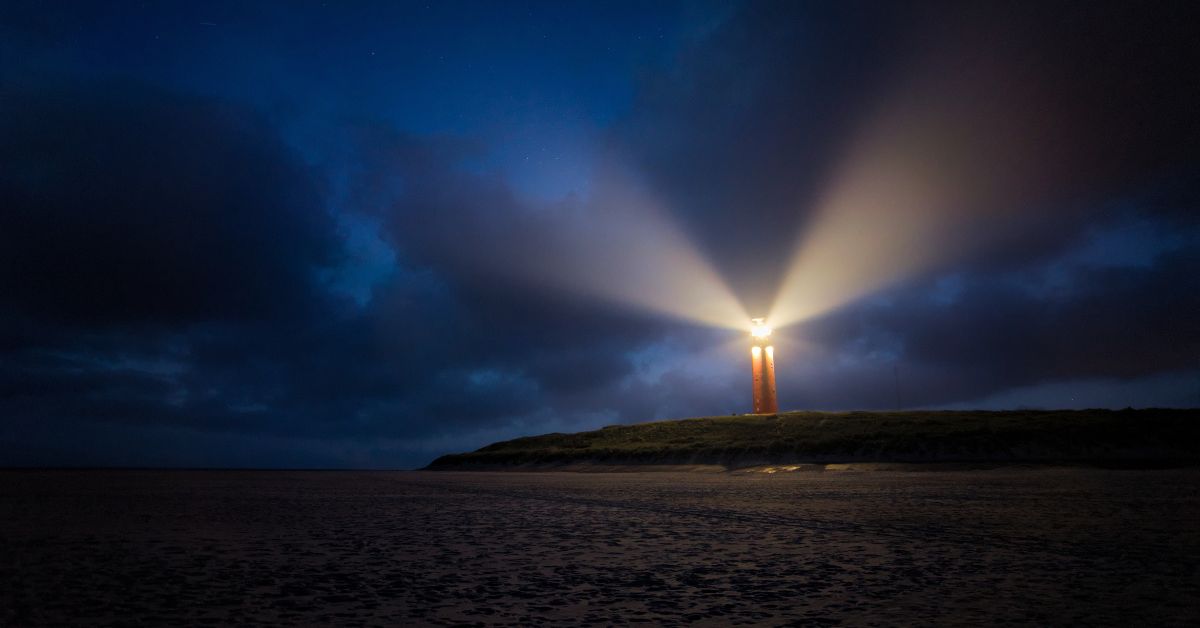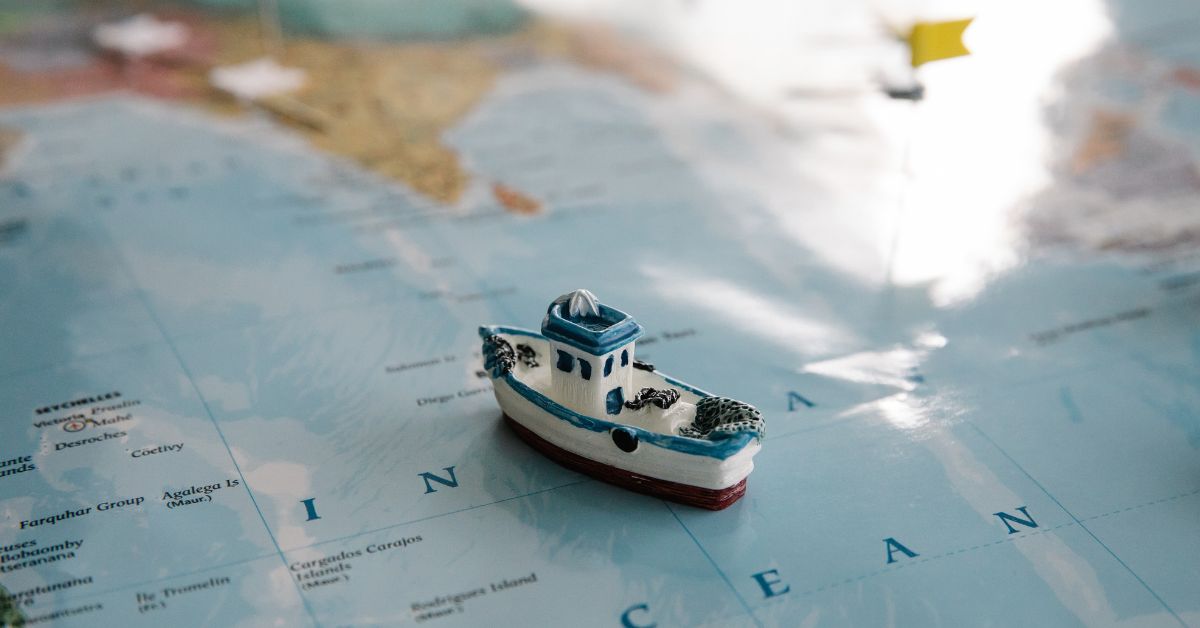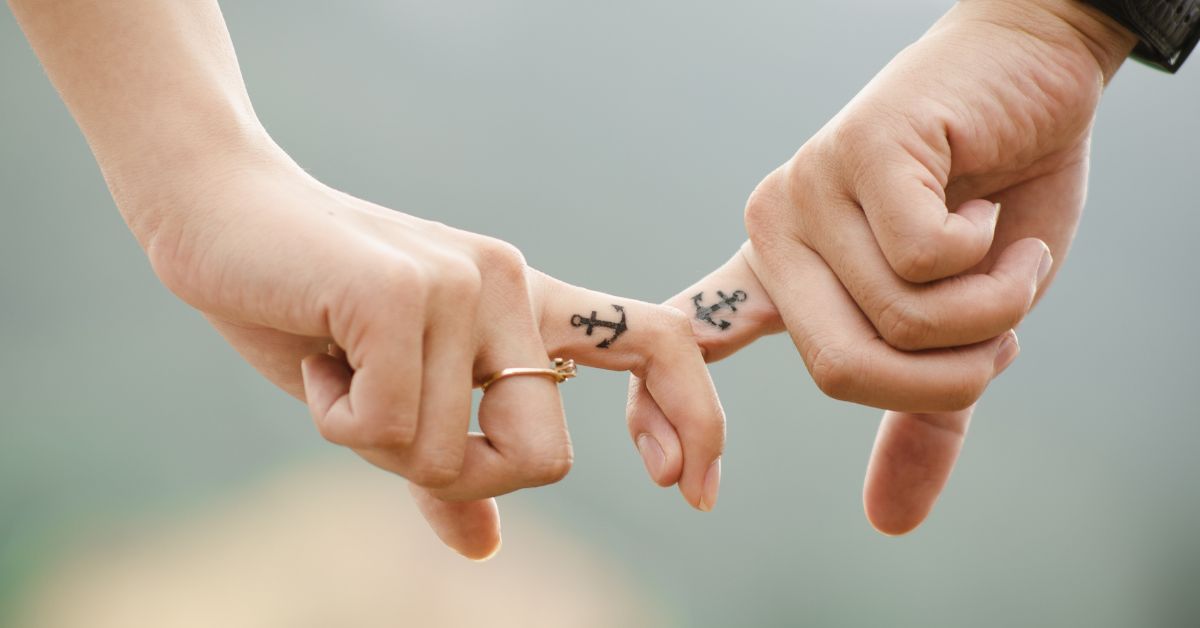Outline
- Identity as a Moving Vessel
- The Illusion of the Fixed Self
- Why We Need Anchors
- What Happens When You Drift Too Far
- Anchors as Memory, Meaning, and Choice
- Questions to Explore What Grounds You
- Closing Thoughts: You Are Not the Shore
- FAQs
Identity as a Moving Vessel
You are not a fixed object.
You are a vessel in motion—shaped by tides of experience, waves of memory, currents of culture and choice.
Some days, you feel solid.
Other days, scattered.
Some days, you recognize yourself.
Others, you wonder who you’ve become.
Identity, like the sea, is in constant motion. And when everything around you shifts—roles, relationships, beliefs—what keeps you from drifting beyond yourself?
What anchors you?
The Illusion of the Fixed Self
We often treat identity like a puzzle to solve: “Who am I?”
As if the answer were static, singular, final.
But the self is not a finished product.
It’s a process.
It’s a set of patterns and stories that evolve over time.
It’s how you relate to the world and to yourself—now, not just always.
Philosopher David Hume argued that the self is nothing more than a bundle of perceptions.
Buddhist thought says the self is fluid, momentary, empty of fixed essence.
Yet both ideas leave us asking: If the self is not stable, what gives us a sense of “me-ness” through change?
The answer may lie in what we choose to anchor to.
Why We Need Anchors
Anchors don’t stop movement.
They prevent meaningless drift.
To anchor is to say: This matters. This is true, even when everything else feels unclear.
It might be a belief. A practice. A relationship. A creative act.
It might be your values, your ancestry, your body, your voice.
Anchors are not cages. They’re touchpoints.
They don’t stop you from evolving.
They help you remember who you were while becoming who you are.
What Happens When You Drift Too Far
Everyone drifts—it’s part of life.
But when we drift too far from what grounds us, we begin to fray:
- We make choices that don’t feel like our own.
- We perform instead of speak truth.
- We wake up and no longer recognize the life we’ve built.
It’s not that we’ve become someone else.
It’s that we’ve disconnected from what connects us—to meaning, to memory, to the quiet knowing of selfhood.
The answer isn’t to cling.
It’s to return.
Anchors as Memory, Meaning, and Choice
Some anchors are inherited—family, culture, traditions.
Others are chosen—values, passions, rituals, creative practices.
Some anchors are built slowly, word by word.
Others are discovered suddenly—through crisis, grief, or joy.
The point is not what anchors you.
It’s that you know.
That you have a tether you can touch when you feel lost.
That you’ve defined what is yours, even if it’s always evolving.
Identity, then, is not a fixed point—but a relationship.
To the anchors that hold you.
To the sea that moves you.
Questions to Explore What Grounds You
Use these prompts not to define yourself, but to discover the contours of what keeps you connected.
- When do I feel most like myself?
- What do I protect instinctively?
- What patterns do I return to in chaos?
- What am I always drawn back to, even after distance?
- If everything fell away—what would I fight to keep?
- What do I trust, even when I doubt everything else?
You may not have final answers.
But in asking, you begin to touch the line between drift and direction.
Closing Thoughts: You Are Not the Shore
You are allowed to change.
To question what once felt solid.
To outgrow old maps.
To loosen your grip and see what returns on its own.
But even in motion, you are not lost.
Because identity isn’t found only in the stillness—
It’s found in how you return.
Again and again
to what matters.
To what holds.
To what reminds you:
This is me, still.
FAQs
Is identity something I choose or something I discover?
Both. Some parts of identity are revealed over time through experience. Others are chosen through reflection and alignment. The balance between discovery and authorship is the work of selfhood.
What if I feel like I’ve lost touch with who I am?
That’s a powerful moment—not a failure. Begin by asking the quiet questions. Revisit what used to matter. Explore what’s shifted. Sometimes losing the old self is how we begin building the new one.
Can my anchors change over time?
Yes. As you grow, some anchors will loosen, others will strengthen. What matters is remaining in relationship with them—choosing them with intention, and letting go with clarity.
